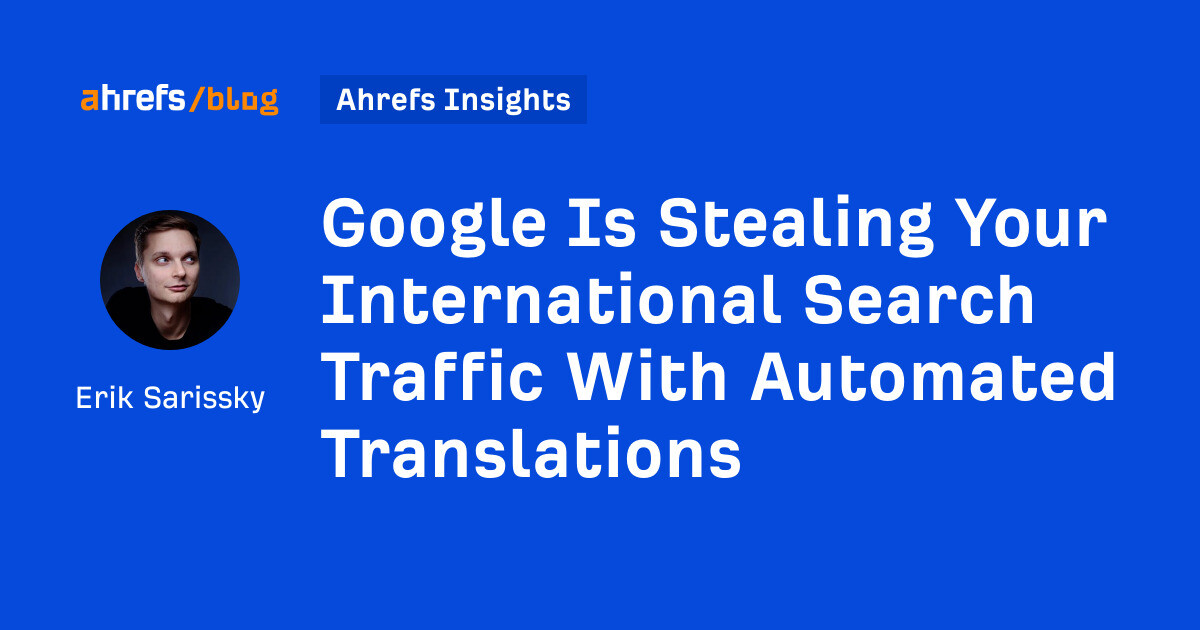Why Are Headings Important For SEO?
Headings come in a number of HTML forms. The highest of which is H1, with H2, H3 and H4 headings providing ample support. But why are they important for SEO? via GIPHY A web page is just like any newspaper article,...

Headings come in a number of HTML forms. The highest of which is H1, with H2, H3 and H4 headings providing ample support. But why are they important for SEO?
A web page is just like any newspaper article, essay or press release in so far as it requires a certain structure. This structure is, or at least it should be, a single heading (H1 heading) followed by the primary body copy which is interspersed with sub-headings (H2, H3 and so forth). This guides the reader (and Google) through the content and highlights the main sections and key points of the copy.
Any page, whether it be on the internet or not, which has rolling copy without any visible breaking is unappealing to a reader. It doesn’t afford them the opportunity to skim through and take away the information that they require, thus leaving them with two distinct options; 1) read every word, or 2) leave, from these many will choose the latter.
In terms of SEO, the role of the header tag has, in the past, come under a great deal of scrutiny. However, you won’t come across many SEOs who would recommend you ignore them when crafting your website content.
Why are H1 headings important?
The H1 heading is still the focal point of a page. It’s your headline that announces to the visitor, whether human or a search engine, exactly what the content below is all about. As we all know, a strong headline can make all the difference when it comes to persuading us to invest our time in reading on.
There should only be one H1 heading on any page. You wouldn’t expect a newspaper report to include two or more headlines, so why should a web page? It could in fact be detrimental, because by having two headlines, you’re effectively splitting the power between them, confusing both the search engine and the reader.
H1 headings are still regarded as an important factor in alerting search engine crawlers to what your page is all about. It anchors the page, provides a perfect opportunity to include your keywords and boost your relevance for those all important search terms. The H1 is your most important heading, so it’s vital that any key terms are included and that it reads well to the human eye.
How to use H2 headings
Beyond the H1 is a selection of smaller headings, all of which have descending numbers, and importance, in the eyes of the search engines. Your H2 heading, therefore, is the next in line. This is the perfect tag for those all-important sub-headings that will break up the visual monotony of your body copy. It will guide the readers eye down and give them a quick overview without having to spend too long sifting through the rest of the page.
Other headings
H3, H4, H5 and so on are ranked lower again. These may be used where you wish to highlight a quote or just as a stylistic option, but we recommend using them in order, for example, use H3s before H4s. This makes the content easier to understand and digest for readers. These smaller headers have a similar weighting to the main text, unlike the aforementioned H1, and are another means of breaking up the copy for the readers benefit – not necessarily for SEO purposes.
For more information about content creation for SEO, have a read of our blog post about crafting effective, SEO-friendly web copy.

 BigThink
BigThink 









![Why Email Marketing Matters for Monetization with Alex Cattoni [VIDEO]](https://www.digitalmarketer.com/wp-content/uploads/2022/05/EMAL_MARKETING_MONETIZATION-1.png)






















